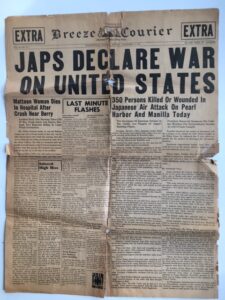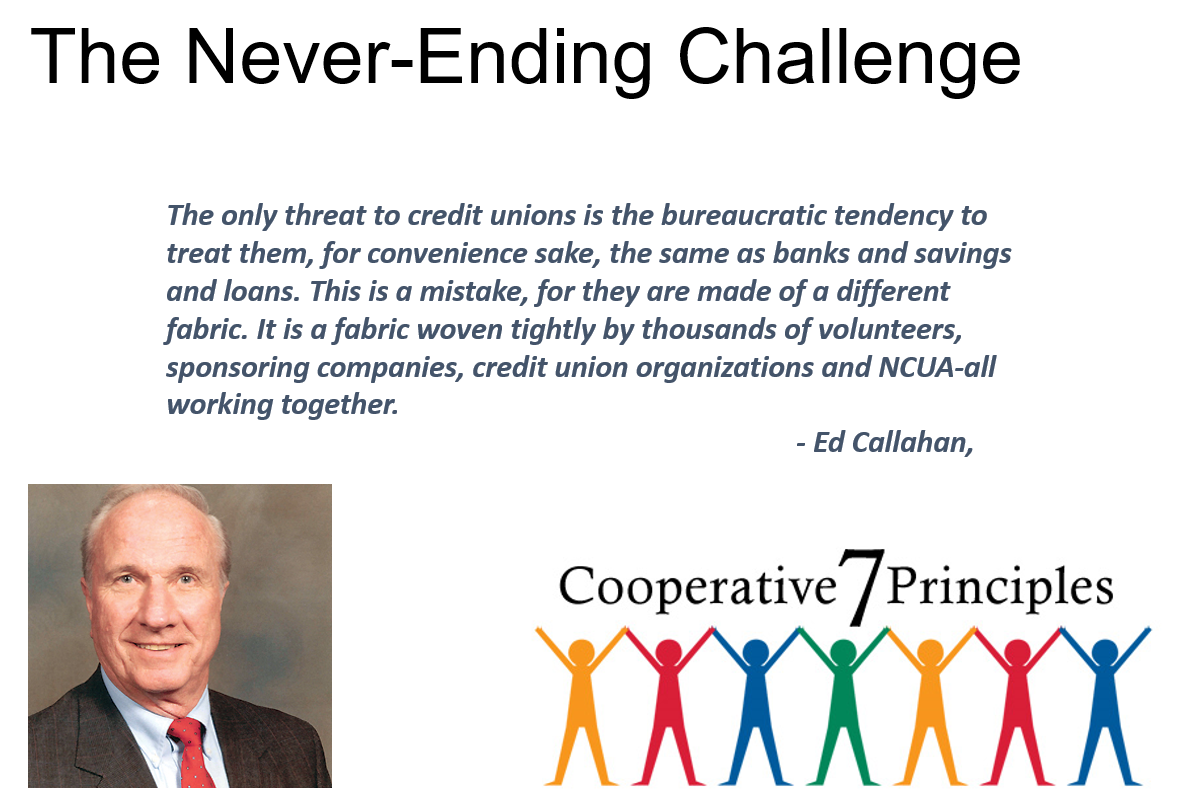Harvard Business School Professor and creator of disruptive innovation theory, Clayton Christensen described the use of marginal cost/revenue analysis as “a dangerous way of thinking.”
Here is the critique from his case analysis of Blockbuster’s corporate failure:
Blockbuster followed a principle that is taught in every fundamental course in finance and economics: When evaluating alternative investments, ignore sunk and fixed costs (costs that have already been incurred), and instead base decisions on the marginal costs and marginal revenues (the new costs and revenues) that each alternative entails.
But it’s a dangerous way of thinking. This doctrine biases companies to leverage what they have put in place to succeed in the past, instead of guiding them to create the capabilities they’ll need in the future.
Previously I showed how he applied this concept to personal, moral decisions. How easy it is to give into the ever-present temptation to do something “just this once.”
But he also had great doubt about this approach to everyday business decisions. I believe his analysis is relevant to some of the largest transactions now undertaken by credit unions: buying whole banks.
How Credit Union Whole Bank Purchases are an Example of Christensen’s Concern with Marginal Cost Analysis
Twelve whole bank purchases have been announced by credit unions in 2021. These are cash purchases of all the assets and liabilities of a bank. A credit union cannot own a bank charter so the existing firm is bought as a single entity, and any activities not authorized for credit unions sold off.
Cash is paid because credit unions cannot issue stock. Stock is the more common currency in which interbank purchases are transacted. The selling shareholders receive shares in the new combined entity. These shares’ future value will depend on institutional performance and market trends. There is no such future risk with a cash sale. The seller can use the proceeds for any purpose.
These sales are off-market transactions. That is credit unions negotiate the purchase in private, and unless the bank is publicly traded, the terms are rarely revealed. Because the transactions are carried out without credit union-buyer disclosures, the bank seller controls the critical information about other offers and why the credit union was the chosen purchaser.
Unlike bank sales paid for with shares of stock, there is no follow-up process to determine if the promised benefits and/or institutional goals are achieved. Sometimes the stated purposes is to offer bank customers the advantages of credit union services. This is circular reasoning. In a purchase customers do not choose to join the credit union, their accounts were sold to benefit the bank’s stockholders. It might even be counter- productive for the credit union to re-write customer loans purchased if this lowered the rates and thus the ROI on the credit union’s investment.
Without public statements of expected outcomes, the results of mergers become mashed in with all the credit union’s other financial outcomes. There is no separate accounting of whether the return benefits the current member-owners.
The existing members’ should be informed how their value is increased when their collective savings (reserves) are paid out to bank owners. The price paid is often at a significant pick up over the bank’s reported book or stock value. This is especially important when the acquisition is outside of the credit union’s current market area and bringing no immediate service benefits.
Christensen’s critique of marginal analysis is most critically a strategic concern. The prospect of incremental growth is the frequently stated or implied reason for these purchases. By adding the existing savings and loans of bank customers, the credit union will increase scale and incremental ROA and maybe eliminate duplicate overhead expenses when combining firms.
Moreover the credit union’s net income is tax exempt, a fact that may be used to project enhanced earnings results than achieved by the bank.
Christensen’s observation of “dangerous thinking” is not about the financial math. There can be more revenue, cost cuts and higher net income when adding more assets and liabilities. That is not his point.
In these transactions credit unions are buying businesses that are mature. The bank owners decided to cash out now and seek a better return for their funds versus continuing to grow the bank’s business.
Marginal analysis to support investments in yesterday’s business models can jeopardize a credit union’s future. Tomorrow’s financial services are being shaped by new fin-tech models, the growth of crypto currency transactions, and decentralized autonomous organizations (DAO’s) which operate outside current regulatory boundaries. This is not what credit union’s are buying in these transaction.
Even the increased regulatory and competitive threats to overdraft (courtesy pay) income and credit and debit exchange fees, could upend the financial assumptions in these purchases.
Credit unions are buying financial firms whose owners believe their best days are over. These credit union purchases are cash spent on yesterday’s businesses not tomorrow’s. Buying a firm’s old business models might boost short term marginal revenue but accelerate a longer run decline in competitive positioning.
Quantifying the Risk
As the number and scale of these transactions grows so does the risk. Most transactions are done at a premium over the latest stock price or a multiple of book value. One analysis reports recent sale prices range from 1.3 to 1.9 times book value
In the examples that follow, the three credit union purchasers report total net worth of $1.863 billion in their September 30 call reports. The five banks being purchased by these credit unions report total book equity of $678 million. If the agreed purchase price was just for book value, these bank investments would average 36% of the credit unions’ total net worth.
However, if the purchase price was greater than book, for example at 1.5 times, then the credit unions have paid out cash of over $1.0 billion, or 55% if their net worth, to these bank stockholders. The difference between the bank’s book value and purchase price would be recorded as goodwill, an intangible asset, for the credit union.
The examples share common operational challenges and also demonstrate three different primary risks. They illustrate why increased transparency by credit unions in these deals is sorely needed.
In each example, the credit unions are playing with “house money” that is the members’ collective savings/reserves. If the risks assessed and returns hoped for are not achieved, then the investment shortfalls will reduce existing member-owners value. And if the purchase proves totally mistaken, the risk is the entire credit union system’s.
Playing with House Money
Example 1:
Vystar’s Purchase of Heritage Southeast Bancorporation (HSBI) is the largest bank acquisition announced so far. HSBI is a bank holding company, a recent combination of three previously separate firms, with $1.6 billion in assets and 22 branch locations.
Before the purchase was announced, HSBI’s stock price traded in the $14-$!5 range. Immediately after Vystar’s offer of $27 per share (approximately $196 million) the stock jumped overnight to $25-$26, where it has stayed since.
HSBI’s assets are only 14% of Vystar’s $11.4 billion. But this investment would equal approximately 21% of the credit union’s September 30 net worth. The critical question in this deal: was HSBI woefully undervalued by the market and Vystar negotiated a good deal?
Can Vystar turn around a three-bank conglomerate that had yet to achieve its financial potential? If the pre-purchase market price is a better indicator of HSBI’s franchise value, Vystar has bet almost $100 million that the market value was under-priced and that it can realize its full value.
Example II:
In early August the $1.027billion Orion FCU announced the purchase of the $751 million Financial Federal Bank, in Memphis, to “expand its products and services and deepen market share in private banking, residential and commercial lending.”
At September 30, Financial Federal’s $792 million in assets were77% of Orion’s total assets. This would be by far the largest whole bank acquisition as a % of the purchasing credit union’s assets.
Financial Federal is privately owned. The bank’s capital at September was $93 million. If the purchase price were 1.5 times book, this would be a cash payment of about $140 million. This amount would be 120% of Orion’s September 30 net worth. If book value was the cash purchase price, that would equal 80% of Orion’s reserves.
The credit union is putting all of its chips on the table with this purchase. In November a state judge imposed a temporary injunction on the purchase at the request of the Tennessee Department of Financial Institutions. TDFI argued that it is a prohibited transaction under the state’s banking act.
If upheld, might TDFI have done a favor for the credit union?
Example III:
The $7.91 billion GreenState credit union headquartered in North Liberty, Iowa has announced three bank purchase and assumptions in 2021. They are:
- Oxford Bank, Oakbrook, Il. $759mn Assets and $71 mn capital
- Premier Bank, Omaha, NB. $383 mn Assets and $40 mn capital
- Midwest Community Bank, St Charles, IL. $352 mn Assets and $54.3 mn capital
The three are privately owned and no terms of the transactions have been announced. The total assets of the three at September 30 are $1.5 billion with capital of $166.3 million.
These $ totals would be 19% and 21% of the GreenState’s assets and capital respectively. If the purchase prices averaged 1.5 X book, the cash payouts would be 30% of GreenState’s new worth.
What makes this series of transaction different is not the financial risk scale but rather the operational complexity. Three banks, three different computer systems, three geographic markets and three very different business models tied into their local communities.
Oxford has six branches and a head office, Premier bank four branches, and Midwest Community, three branches, a loan production office and a subsidiary Blue Leaf with six loan production offices.
In addition to the operational transitions, are the cultural challenges introducing employees to the credit union way of doing things. The three bank franchises are distant from GreenState’s existing service network and market network. This brings the additional challenge of introducing the credit union’s brand to three or more, new marketplaces when the prior community legacies no longer exist.
In March of 2020, Greenstate completed purchase of seven branches of the First American Bank in Iowa with total deposits of $470 million, $200 million in loans and 10,000 customers. The transaction was closed despite the objection of the Iowa banking regulator, himself a bank owner:
The superintendent’s approval of the application is solely for the purpose of settling this dispute, and the superintendent does not admit that an Iowa state-chartered bank may sell substantially all of its assets and liabilities to a credit union under Iowa code. Rather, the superintendent reiterates his conclusion that such a transaction is not authorized and that IDOB will quickly deny any future application based on a similarly structured transaction.
Did this regulatory opposition force GreenState to look out-of-state for future bank purchases?
What Needs to be Done
Christensen’s “dangerous way of thinking” analysis cautioned against the temptation to justify investment decisions by incremental short term benefit at the cost of long term sustainability.
No one knows whether these whole bank purchases above will succeed or turn out bust. Or somewhere in between. ROI will take years to assess. In the meantime many other events can make subsequent analysis difficult.
An immediate step to improve the soundness of these transactions is to ensure the full details are disclosed to the members whose funds are being put at risk and to the credit union system which is the ultimate backstop.
Keeping everyone in the dark except the deal makers means no one is accountable. The asymmetry of information in which the seller holds most of the cards puts credit unions at a disadvantage when sizing up a selling bank. Every bank owner’s goal is to buy low and sell high.
An example: if the purchase is to gain expertise (eg. commercial lending experience) and/or relationships the credit union does not possess, how does the credit union evaluate situations they claim to know little about?
The credit union model expects leaders to be responsive to members. But when the data and assumptions underwriting these investments is withheld, there is no accountability. The transaction is “off market” for members; only the bank sellers are in position to decide it this is a satisfactory deal.
The quicker the entire purchase picture is in the open, only then can those whose funds are at risk and the credit union community at large determine whether these deals make sense.
The time to make this a routine disclosure is before one of these deals goes really bad, not after the lesson becomes a Blockbuster-type case for the cooperative system.








